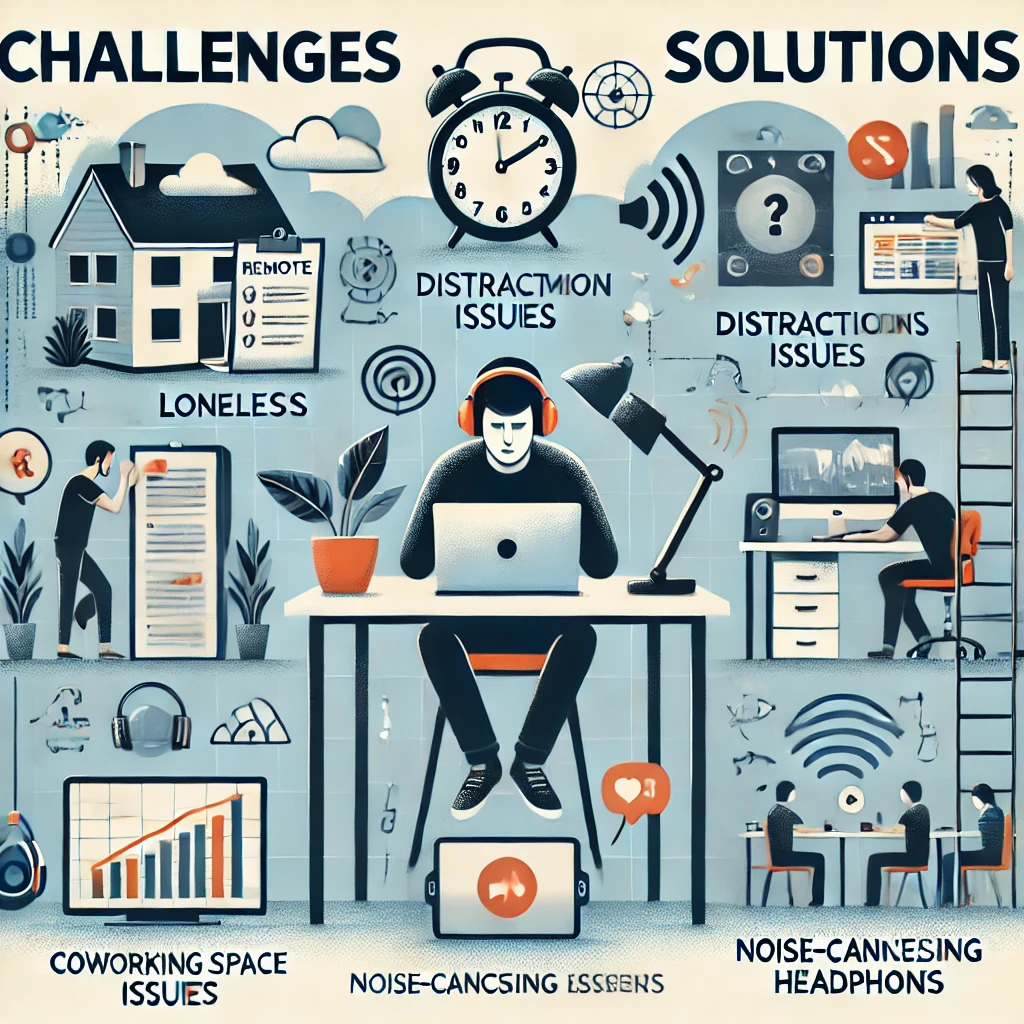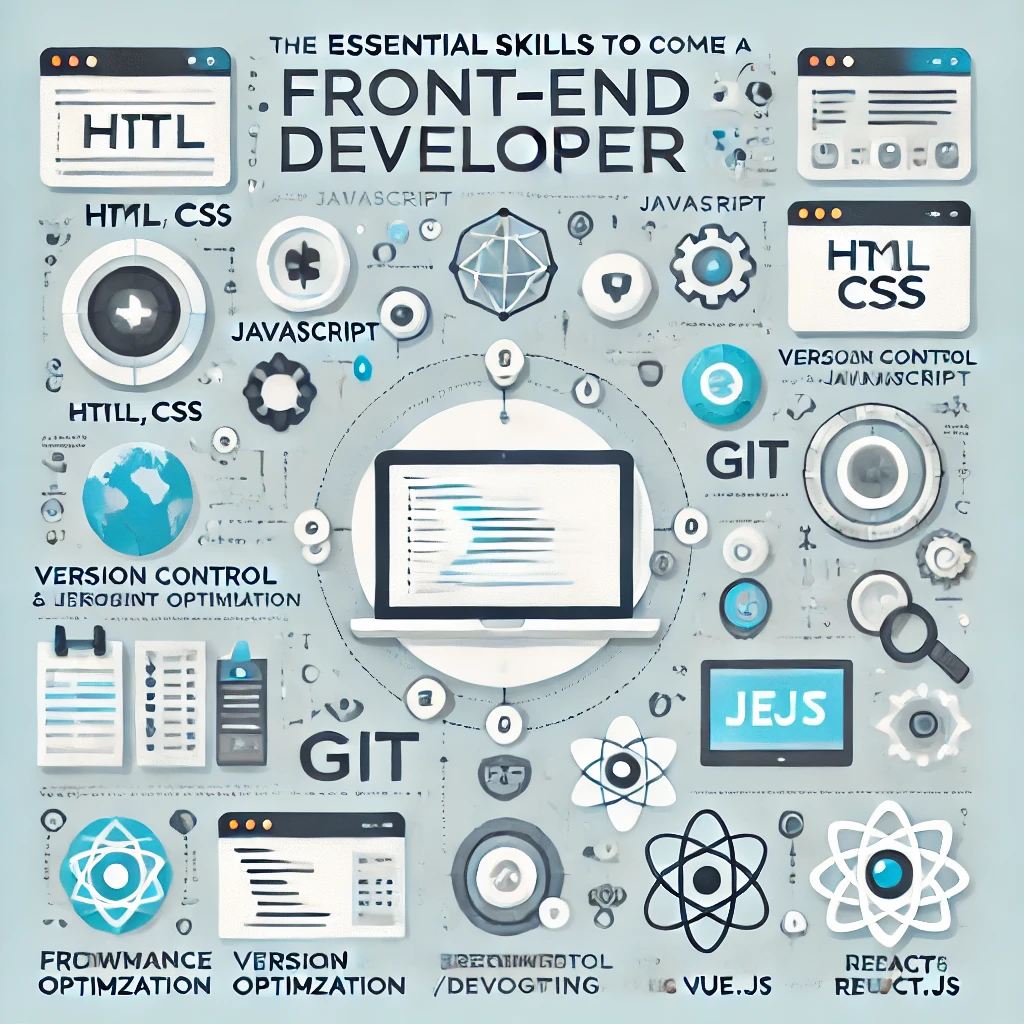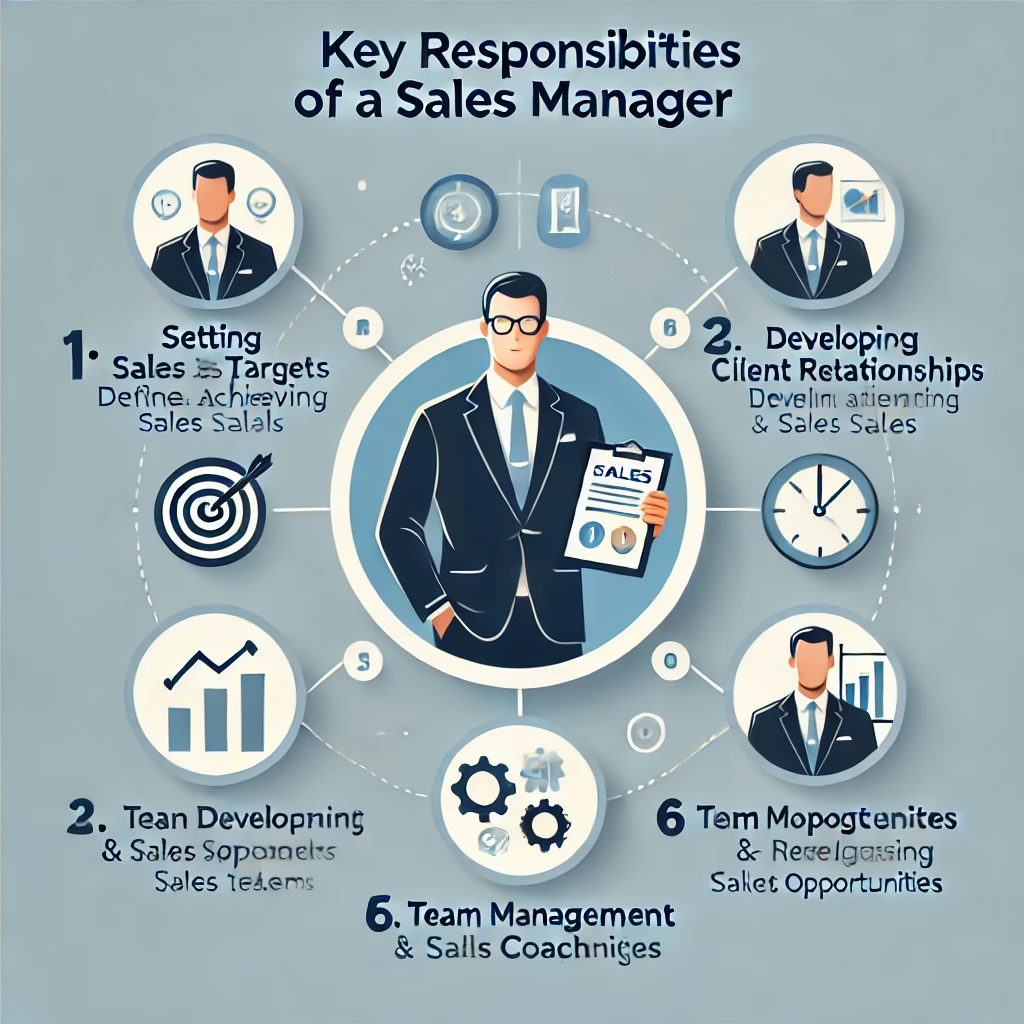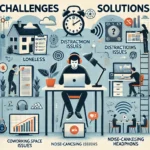10 Career Opportunities As A Web Designer-Web designing involves learning and mastering the art of creating visually appealing, functional, and user-friendly websites. Web designers combine creative skills with technical expertise to design layouts, choose color schemes, and ensure seamless navigation. This requires creativity, problem-solving, and attention to detail.
10 Career Opportunities As A Web Designer
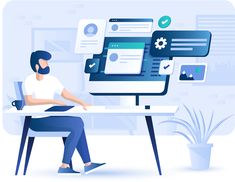
CAREER OPPORTUNITIES AS A WEB DESIGNER.
1. UI/UX Designer.
Definition: A UI/UX(User Interface/User Experience) designer creates interfaces for websites and applications that are easy to use and visually appealing. The goal is to ensure a seamless experience for the user while maintaining a balance between functionality and design.
Responsibilities:
- Understanding User Needs: Surveys, interviews, and usability tests to learn about the target audience and their expectations.
- Creating Wireframes and Prototypes: Using tools like Figma or Sketch to map out the website’s layout and design flow before it goes into development.
- Designing Visual Elements: Working on color schemes, typography, icons, buttons, and other visual elements that improve user interaction.
- Ensuring Responsive Design: Make sure the website looks and functions well on all devices, including desktops, tablets, and smartphones.
- Collaborating with Developers: Share designs and provide feedback to developers to ensure the final product matches the design vision.
Skills Needed:
- Technical Skill: Proficiency in design tools such as Figma, Adobe XD, and Sketch and also basic knowledge of HTML and CSS is helpful for communicating with developers.
- Understanding of UX Principles: Knowledge of user behavior and design techniques to improve usability.
- Creativity: An eye for detail and the ability to create attractive designs that align with client needs.
- Problem-solving: Ability to identify issues in user flows and create solutions that enhance the user experience.
2. Front-End Developer.
Definition: A front-end developer is responsible for transforming a website’s design into functional, interactive web pages. They ensure that everything users see and interact with on a website looks appealing and works seamlessly.
Responsibilities:
- Coding the Design: Take the designs provided by web designers and turn them into code using HTML (for structure), CSS (for styling), and JavaScript (for interactivity).
- Ensuring Responsiveness: Make sure the website works well on devices of all sizes, like smartphones, tablets, and desktops.
- Improving Performance: Optimize the website to load quickly and run smoothly, even on slower internet connections.
- Debugging: Identify and fix issues in the code to ensure the website functions as intended.
- Collaborating with Teams: Work closely with web designers, back-end developers, and other team members to deliver a cohesive website.
Skills Required:
- Proficiency in Core Web Technologies: Strong knowledge of HTML, CSS, and JavaScript.
- Frameworks and Libraries: Familiarity with tools like React, Angular, or Vue.js to build modern, dynamic websites.
- Version Control Systems: Knowledge of Git for tracking code changes and collaborating with others.
- Attention to Detail: Ensuring that the final product matches the designer’s vision.
- Problem-Solving Skills: Ability to troubleshoot coding and design issues effectively.
3. Web Graphic Designer.
Definition: A web graphic designer is responsible for creating the visual elements of a website. Their work ensures that the website looks attractive and aligns with the brand’s identity. They focus on the design, colors, images, and typography used on the website.
Responsibilities:
- Create Visual Designs: Web graphic designers design logos, banners, and graphics that make websites visually appealing. They decide how the website should look while staying consistent with the brand’s message.
- Choose Colors and Fonts: They select color schemes and fonts that are visually appealing and ensure readability.
- Collaborate with Developers: Web graphic designers work closely with web developers to ensure that their designs can be implemented smoothly into the website’s code.
- Ensure Consistency: They make sure that all design elements align with the overall style of the website and the brand identity.
- Optimize Graphics for Web: Designers ensure that the images and graphics load quickly without losing quality. This is important for user experience and website speed.
Skills Required:
- Design Tools: Mastery of design software like Adobe Photoshop, Illustrator, and Canva is crucial for creating high-quality visuals.
- Creativity: Designers need to think creatively to produce unique and attractive designs that stand out.
- Attention to Detail: Ensuring every design element, like colors and alignment, is perfect.
- Basic Coding Knowledge: While coding isn’t their main job, understanding how HTML and CSS work helps them collaborate effectively with developers.
- Time Management: Web graphic designers often juggle multiple projects and need to deliver designs on time.
4. E-commerce Web Designer.
Definition: An e-commerce web designer who specializes in creating visually appealing and user- friendly websites for online shopping platforms. Their goal is to enhance the shopping experience, attract customers, and drive sales.
Responsibilities: An e-commerce web designer plays a crucial role in the success of an online
- Designing Product Pages:
- They create visually attractive and organized product pages.
- They ensure product images, descriptions, and reviews are easy to view.
- They highlight key features and benefits for better customer engagement.
- Developing User-Friendly Navigation:
- They make sure the website is easy to navigate.
- They organize menus and categories so customers can find products quickly.
- Optimizing Checkout Processes:
- They design a simple and secure checkout system.
- They minimize the steps needed to complete a purchase.
- They ensure payment methods are easy to use and widely available.
- Improving Mobile Responsiveness:
- They make the website functional and visually appealing on smartphones and tablets.
- They ensure that loading times are fast on all devices.
- Incorporating Marketing Features:
- They add pop-ups for offers, discounts, or promotions.
- They design sections for customer testimonials and featured products.
Skills Required:
- Proficiency in E-commerce Platforms:
- Experience with platforms like Shopify, WooCommerce, and Magento.
- Design Skills:
- Knowledge of creating visually compelling designs using tools like Adobe Photoshop, Illustrator, or Figma.
- Understanding of UX/UI Design:
- Focus on making the shopping process smooth and intuitive for users.
- Coding Skills:
- Basic knowledge of HTML, CSS, and JavaScript to customize templates and improve functionality.
- SEO Knowledge:
- Understand how to optimize product pages for better search engine rankings.
5. Web Design Consultant.
Definition: A web design consultant provides expert advice to businesses on improving their websites. They combine technical knowledge with design expertise to help clients achieve their online goals. This role requires strategic thinking and a deep understanding of web design trends and best practices.
Responsibilities:
- Website Audits:
- Analyze existing websites to identify design flaws, performance issues, and areas for improvement.
- Strategy Development:
- Recommend effective design strategies that align with the client’s brand and target audience.
- Collaborating with Teams:
- Work closely with developers, marketers, and business owners to ensure design strategies are implemented effectively.
- User Experience (UX) Optimization:
- Focus on improving the website’s usability and ensuring a seamless experience for visitors.
- Staying Updated:
- Keep track of the latest design tools, technologies, and trends to provide cutting-edge solutions.
Skills Required:
- Analytical Skills: The ability to assess websites critically and identify improvement areas
- Communication: Clear and professional interaction with clients to understand their needs and present ideas effectively.
- Technical Knowledge: Familiarity with coding languages, design tools, and performance optimization techniques.
- Project Management: Managing multiple clients and projects while ensuring quality and timely delivery.
6. Freelance Web Designer.
Definition: A freelance web designer is a professional who works independently, offering web design services to various clients on a project-by-project basis. Unlike full-time employees, freelancers have the freedom to choose their projects, clients, and working hours.
Responsibilities: Freelance web designers manage all aspects of web design for their clients, including:
- Understanding Client Needs: Discuss project requirements and objectives to create designs that align with the client’s vision.
- Designing Websites: Create visually appealing and functional websites using tools like Figma, Adobe XD, or coding.
- Customizing Websites: Modify existing websites or templates to meet specific requirements.
- Ensuring Responsiveness: Make sure the websites work seamlessly on desktops, tablets, and mobile devices.
- SEO Optimization: Incorporate design elements that improve website ranking on search engines.
- Testing and Debugging: Check websites for errors or glitches and fix them before final delivery.
- Client Communication: Update clients on project progress and incorporate their feedback.
Skills Required:
- Web Design Tools: Proficiency in Figma, Sketch, and Adobe Photoshop.
- Coding Knowledge: Basic to intermediate knowledge of HTML, CSS, and JavaScript.
- Time Management: Ability to manage multiple projects and meet deadlines.
- Business Skills: Skills in negotiation, invoicing, and managing contracts.
- Marketing Skills: Promoting your services through social media, portfolio websites, or freelance platforms like Upwork and Fiverr.
RELATED BLOG: CIVIL ENGINEER: TOP 10 SKILLS REQUIRED TO BECOME A CIVIL ENGINEER.
7. Web Animator.
Definition: A web animator is a professional who creates visually engaging animations and motion graphics for websites. Their goal is to enhance the user experience by making websites interactive and visually appealing. They combine creativity with technical skills to bring static designs to life.
Responsibilities:
- Create Animations: Designed and implemented animated elements such as banners, icons, and loading screens. These animations capture user attention and make websites more dynamic.
- Interactive Effects: Develop interactive elements like hover effects, scroll-triggered animations, and animated transitions to enhance user engagement.
- Collaborate with Designers and Developers: Work closely with UI/UX designers to understand the design vision and with developers to integrate animations into the website.
- Optimize Animations: Ensure animations are lightweight and don’t slow down the website’s performance.
- Test and Debug: Regularly test animations on different devices and browsers to ensure they work seamlessly.
Skills Required:
- Design Tools: Proficiency in Adobe Animate, After Effects, and other motion design tools.
- Coding Skills: Familiarity with CSS animations, JavaScript, and libraries like GSAP (GreenSock Animation Platform).
- Creativity: Ability to conceptualize and execute engaging animations that align with the website’s purpose.
- Problem-Solving: Skills to troubleshoot animation glitches and optimize performance.
- Attention to Detail: Focus on timing, smoothness, and responsiveness of animations.
8. Content Management System (CMS) Designer.
Definition: A CMS designer specializes in designing and customizing websites using Content Management Systems (CMS) like WordPress, Joomla, or Drupal. These platforms allow businesses to easily manage and update their website content without requiring deep technical skills.
Responsibilities:
- Customizing Templates: CMS designers use pre-built templates and customize them to match a business’s branding and design needs.
- Building Functional Websites: They create websites with essential features like blogs, contact forms, and e-commerce capabilities.
- Plugin Integration: They integrate plugins and third-party tools to add extra functionalities, such as SEO optimization or social media integration.
- Ensuring Compatibility: Designers ensure that the website works well on different devices, browsers, and screen sizes.
- Providing Maintenance: They offer ongoing support to update the site and fix issues as they arise.
Skills Required:
- Proficiency in CMS Platforms: Expertise in WordPress, Joomla, or Drupal is essential.
- Design Knowledge: An understanding of layout, color schemes, and typography to make websites visually appealing.
- Basic Coding: Knowledge of HTML, CSS, and sometimes PHP for advanced customization.
- Problem-Solving: Ability to troubleshoot issues like plugin conflicts or site speed problems.
- SEO Basics: Understanding search engine optimization to make websites rank better on search engines.
RELATED BLOG: How To Become A Digital Marketer In Today Era.
9. Web Design Project Manager.
Definition: A Web Design Project Manager oversees the planning, execution, and delivery of web design projects. They act as a bridge between clients, designers, and developers to ensure smooth workflow and project completion within deadlines and budgets.
Responsibilities:
- Planning Projects:
- Develop detailed project plans, including timelines, budgets, and milestones.
- Set clear objectives and expectations for the web design team.
- Team Coordination:
- Assign tasks to designers, developers, and content creators.
- Monitor team progress and resolve roadblocks quickly.
- Ensure effective communication among team members.
- Client Interaction:
- Understand client requirements and goals for their website.
- Provide regular updates to clients on the project’s progress.
- Address client feedback and incorporate necessary changes.
- Quality Assurance:
- Review designs to ensure they meet client expectations and project goals.
- Conduct testing to identify and fix any usability or performance issues.
- Budget Management:
- Ensure the project stays within the allocated budget.
- Negotiate costs with clients, vendors, and third-party providers.
Skills Required:
- Organizational Skills: Ability to manage multiple projects simultaneously.
- Leadership: They motivate and guide teams to meet deadlines effectively.
- Technical Understanding: Familiarity with web design processes, tools, and coding basics.
- Communication Skills: Ability to clearly communicate with clients and team members.
- Problem-Solving: Quick thinking to address challenges or delays in the project lifecycle.
10. Web Accessibility Specialist.
Definition: A web accessibility specialist ensures that websites are usable by everyone, including individuals with disabilities. This role focuses on making web content inclusive and compliant with accessibility standards.
Responsibilities:
- Implement Accessibility Standards: Use guidelines like the Web Content Accessibility Guidelines (WCAG) to create websites that are easy to navigate for people with visual, auditory, motor, or cognitive impairments.
- Test Websites for Accessibility: Conduct thorough testing using tools like screen readers (e.g., JAWS, NVDA) and accessibility checkers to identify and fix issues.
- Collaborate with Teams: Work closely with designers and developers to integrate accessibility features during the design and development phases.
- Provide Training and Guidance: Educate teams about accessibility best practices to ensure long-term compliance.
- Stay Updated: Keep track of updates in laws and standards, such as the Americans with Disabilities Act (ADA) etc.
Skills Required:
- Technical Skills: Familiarity with accessibility tools like WAVE, Axe, or Lighthouse.
- Coding Knowledge: Basic understanding of HTML, ARIA (Accessible Rich Internet Applications), and CSS for making websites accessible.
- Problem-Solving: Ability to identify accessibility barriers and propose solutions.
- Empathy and Awareness: A keen understanding of the challenges faced by people with disabilities.
Conclusion.
Web designing provides many opportunities. From creating visually stunning interfaces to ensuring accessibility, the roles of web designers are as varied as the skills they bring to the table.

